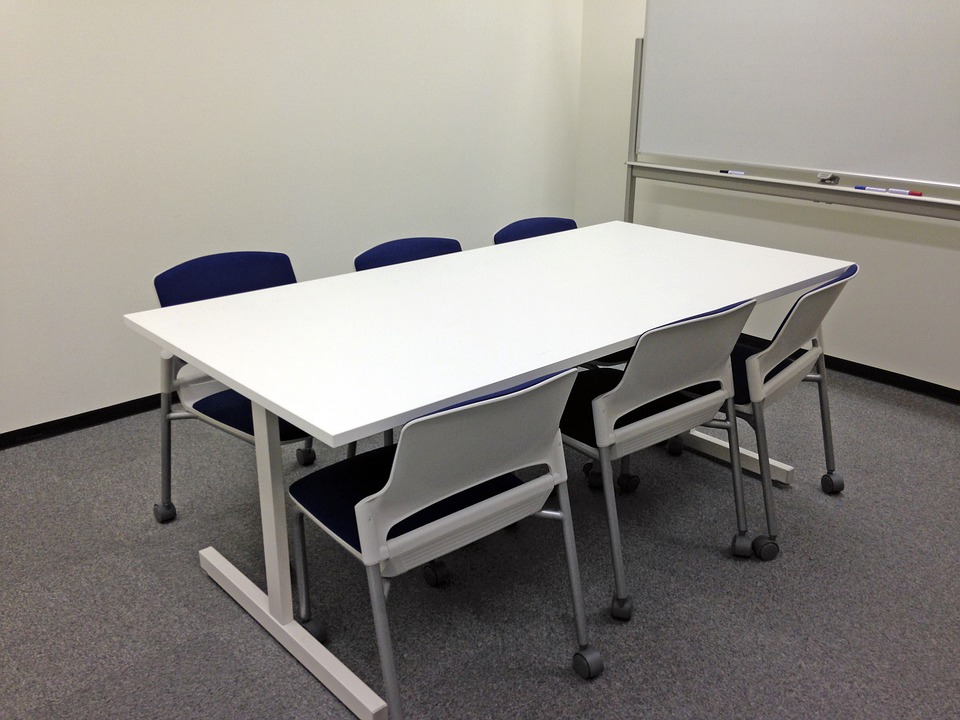
A recent Knoxville School Board meeting primarily focused on elementary reading programs that help children with dyslexia and other reading troubles. A Powerpoint presentation was given by Jennifer Lambirth, a teacher at Northstar and West Elementary. Lambirth explained to meeting attendees that while reading, those without dyslexia use three areas of the brain; those with dyslexia only use one area. Lambirth urged early detection in order to help those with dyslexia achieve reading parity because “A child can have a high IQ, but their reading never catches up”. She illustrated to the attendees what it was like for a child to feel frustration and stress by their inability to read or write well in class by having an open writing exercise where they were expected to write using their non-dominant hand.
Some school districts believe summer learning is critical for dyslexic students.
There was much discussion on strategies to cope with dyslexia. Other attendees praised the Barton program, tutoring and affordable summer programs for dyslexic students. Superintendent Cassie Pearson added that reading and learning difficulties can arise from more than just dyslexia. She continued that the board would need to engineer some long term solutions. The board then approved the Cedar Rapids CDS Special Education program and Twin Cedars golf agreement.
Key Takeaways:
Do You Need help with a Learning Difficulty?
Our simple online analysis will help you get to the core of the problem and find the right solution for you.
Understanding how to help someone with a learning difficulty starts with understanding which micro-skills are affected. When you learn which of the micro-skills is the problem, you will then be on your way to solving it.
You'll also learn how to:
- Build confidence
- Enhance Learning ability
- Eliminate avoidance
- Build grit
You can get this analysis for free by filling out this simple form. This will help you get to the bottom of a learning difficulty and provide you with a solution. If you are ready to put this problem behind you click the button below and fill out the form.










